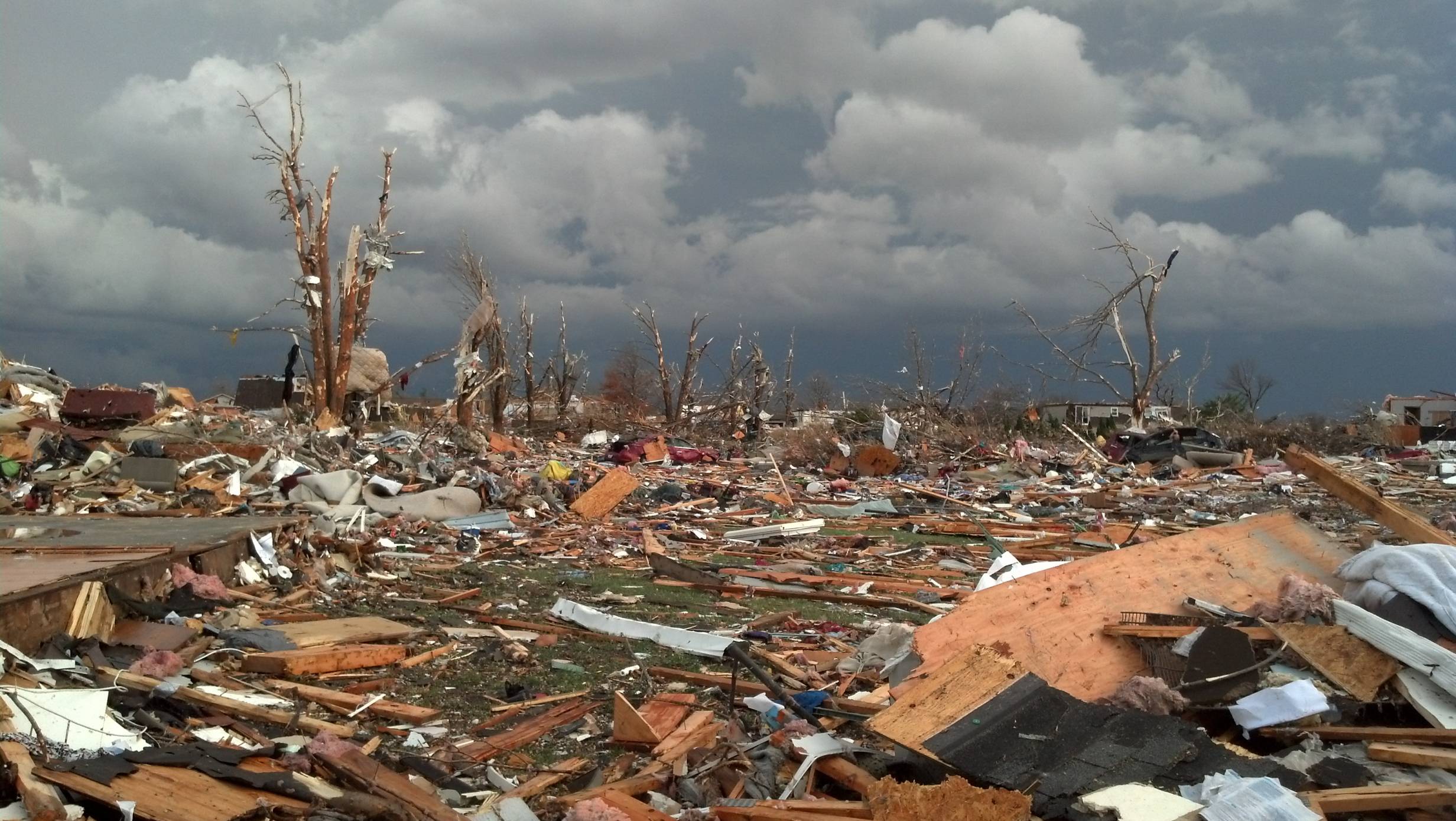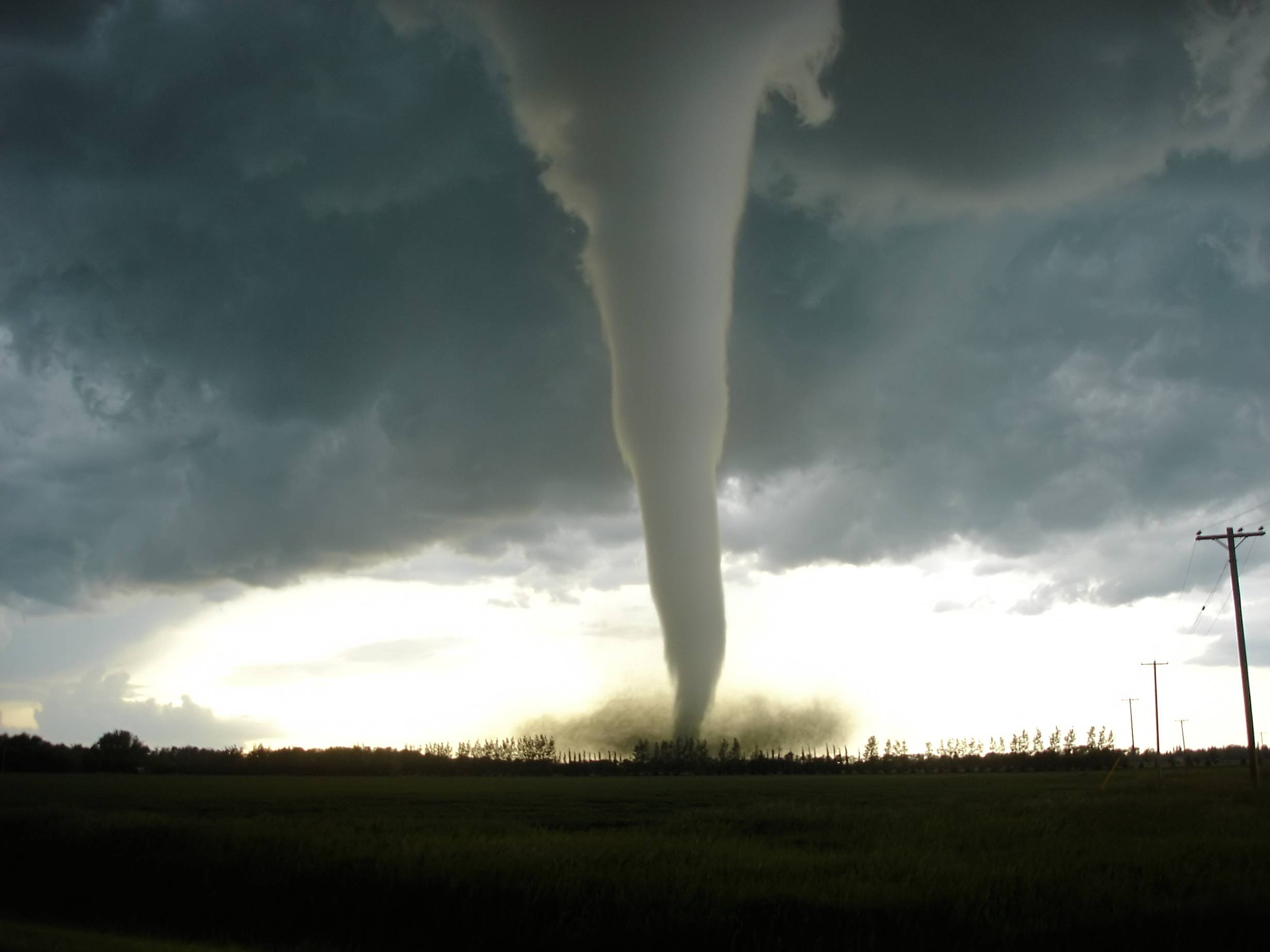March 1st is the first day of meteorological spring, and the first day of what is generally thought of as severe weather season in central Illinois. As such, the first week of March is reserved for Severe Weather Preparedness Week across much of the Midwest.
I don’t want to say that I started Chambana Weather out of fear, but a part of that does ring true. On Sunday, November 17th 2013 a major tornado outbreak struck portions of Illinois, devastating communities like Washington, IL, and Gifford, IL. The morning of that tornado outbreak was one of the more helpless feeling moments I have experienced in my young meteorological career. As I sipped my morning coffee and paced the kitchen anxiously, it was so plainly written in the morning weather data that some community nearby, perhaps more than one, was going to be impacted by a significant tornado. Weather is a finicky thing, and it is not often that an outbreak like this is so plainly obvious before it happens. But that morning my heart raced as I paced back and forth across the kitchen floor wondering how in the world I was going to warn everyone in central Illinois that on this November morning, when many were out holiday shopping, that their attention needed to be turned toward the sky – not because of an impending snowstorm as you may expect at this time of year, but because of the potential for devastating, fast-moving tornadoes.

Doing the least that I could, I posted this Facebook status around 7 a.m.: “Hey Champaign-Urbana friends, really really pay attention to the sky around the lunch hour today. It may not be the season, but things are really pointing toward a couple significant tornadoes impacting the area around 11-2 p.m. or so. Someone is going to get hit bad, and these storms will be moving FAST so you won’t have much time to react, so just spend the morning thinking smart for me, will you?” By the end of the day, 73 tornadoes across seven states had caused over 100 injuries and 11 fatalities. Two of the stronger tornadoes from the event impacted Gifford, IL, in Champaign County, and then Washington, IL, near Peoria.
Champaign-Urbana was spared that afternoon, but not by much. Chambana Weather was immediately born – not only a platform for daily weather forecasts, but an outlet for disseminating severe weather information when the skies turned rough around the Twin Cities. Again, I don’t live a life of fear, but I do worry that one day the inevitable will happen and C-U will be impacted by a significant tornado. Portions of Urbana were hit hard in 1996, and we were narrowly missed by weak tornadoes that passed just a few miles south of town in May 2012. But this article isn’t about me, or Chambana Weather. It’s about you, and what you can do once you’ve been given the word that severe weather may threaten.
Before the storms threaten – perhaps right now, you might say *nudge nudge* – you can begin taking precautions. How many of you can honestly say you and your family have a comprehensive plan in the event of an impending weather disaster? First – have a reliable source for weather information. If your answer is social media, find a new one. While I do recommend searching for and ‘liking’ the National Weather Service Central Illinois page on Facebook – this isn’t enough. A programmable weather radio is available at almost any supermarket for about twenty bucks. It can easily be programmed to only go off for your specific county, and for only the alerts that you want. I don’t want to be woken up at 2 AM for a Flash Flood Warning any more than the next guy. But my family does have a weather radio in the middle of our home, and even being a cold blooded weather nerd, it has woken me from a deep sleep for a Tornado Warning in the middle of the night before. If you need help finding a weather radio for your home – find me and I’ll help you.
Now that you’ve got a reliable method for being alerted of an impending storm – make a comfortable safe space to seek shelter in your home (or work place). There will never be a substitute for getting underground during a tornado, such as in a basement or crawl space. If a basement is not available, an interior room with as many walls between you and the tornado is best. Think interior closet or bathroom, ideally away from windows. Wind speeds in a tornado increase with height, so getting to the lowest floor is a must. In your safe space you’ll want blankets, battery powered flashlights, and a battery powered radio for keeping tabs on the outside world and the all-clear signal. If you’ve got kids, some comforting stuffed animals might be nice to have on hand. Severe storms can be scary enough, and having to hide out in a spooky basement probably doesn’t make it any easier on little ones.
What if your entire family is not home when the storm strikes? Don’t wait until power lines and cell phone networks are down to try and find each other. Consider thinking of a predetermined meeting spot. Ours is Lincoln Square in downtown Urbana. We can’t control everything, including whether or not Lincoln Square would be unaffected or accessible, but it at least gives us a starting point.
Know the different terminology on the day of looming storms. The most common source of confusion seems to stem from understanding the difference between a Watch and Warning. A Tornado Watch, for example, means conditions are favorable for the development of tornado producing thunderstorms, generally issued for a time period of 4-6 hours. It’s essentially saying, “watch out – tornadoes are going to be possible in this general area over the next several hours”. This is the time to start making plans. Is the safe space ready? Is your family all aware of the threat? On the flip side, a Tornado Warning means act now. A tornado has either been sighted nearby already, or has been detected by Doppler radar. This is the time to react and immediately seek shelter.
After the storm, beyond ensuring that your family and loved ones are okay, the best thing you can do is avoid impacted areas. If you’ve escape unharmed but you hear another portion of town was not so lucky, the time to gawk does not exist. Leave the roads clear for emergency officials. The time to unite as a community and volunteer for clean-up is coming, but it isn’t in the first moments following the storm.
One could go on and on with different ways you can prepare yourself for severe storms, but these are the essential issues that I like to stress the most to folks in our community. Make a plan now. Have a safe place to seek shelter. Have a reliable method for receiving potentially life-saving weather updates from the National Weather Service. Don’t assume your entire family will be home when disaster strikes. And should disaster strike your community, stay clear of the area until it has been cleared by first responders and clean-up is underway. We can’t control the weather, but we can control whether or not we’re ready when it strikes.
Andrew publishes daily weather information for Champaign-Urbana and surrounding communities at ChambanaWeather.Com and on Facebook.








